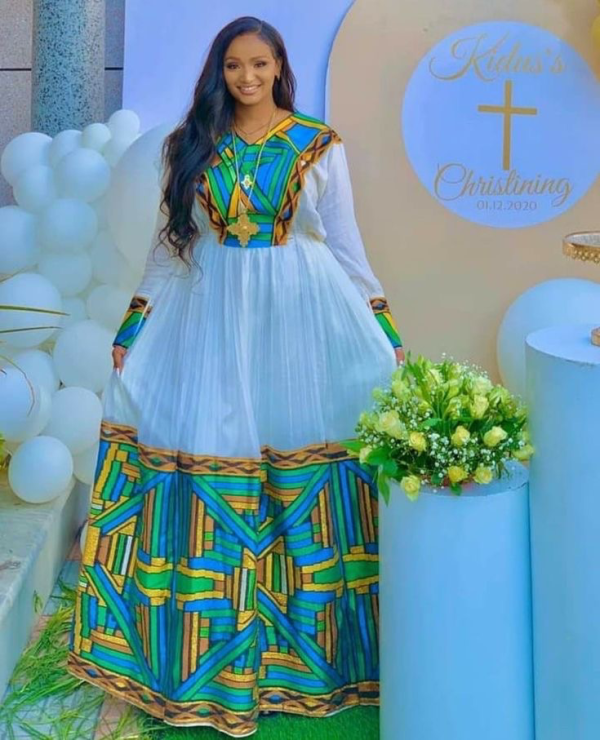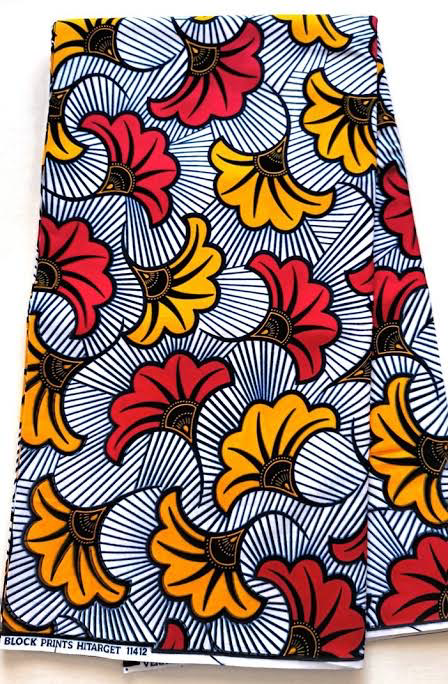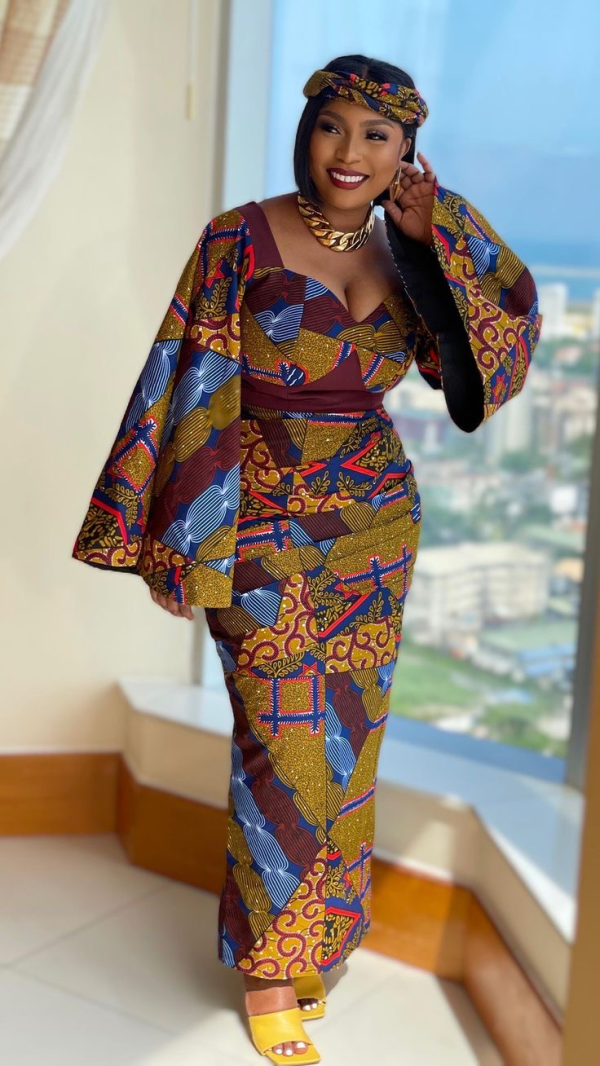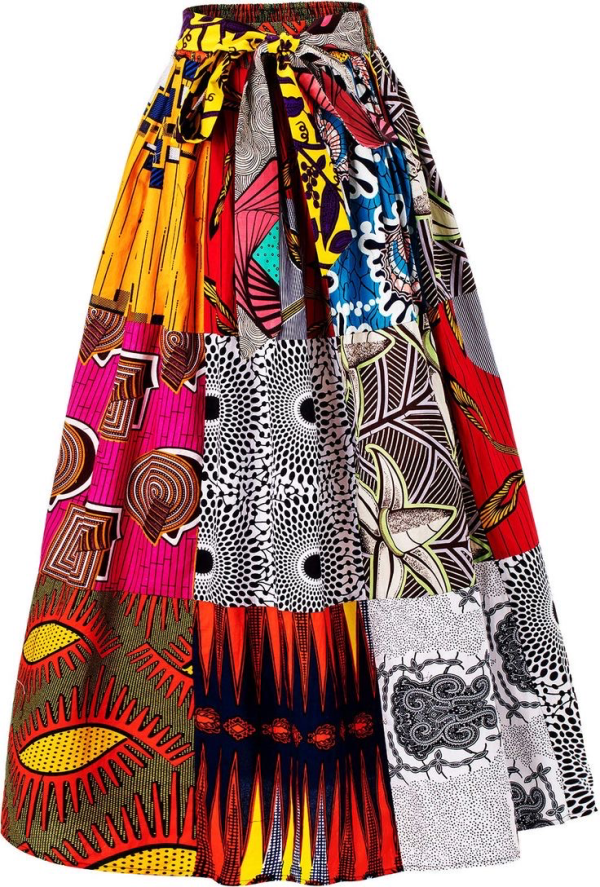African Ankara Prints: From Tradition to Trend-2
This encapsulates the evolution of Ankara prints, a vibrant and diverse fabric traditionally associated with West African culture.

Ankara fabric originated in West Africa, particularly among the Yoruba people of Nigeria. It was originally made using traditional wax-resistant dyeing techniques, reflecting cultural motifs, symbols, and stories.

Ankara fabric holds deep cultural significance, often worn during special occasions such as weddings, festivals, and ceremonies. It serves as a symbol of identity, pride, and heritage within African communities, conveying messages of tradition and belonging.
The introduction of Dutch wax prints to West Africa during the colonial era transformed the local textile industry. These imported fabrics, known as “ankara” in Nigeria, became increasingly popular due to their vibrant colors and unique designs

In the mid-20th century, Ankara prints gained international recognition and popularity, becoming synonymous with African fashion and culture. They were embraced by designers, celebrities, and fashion enthusiasts worldwide, leading to a global trend in African-inspired fashion.
Today, Ankara prints have evolved beyond traditional uses, with contemporary designers incorporating them into diverse clothing styles, accessories, and home decor. From runway fashion to streetwear, Ankara prints have become a staple in the global fashion landscape, celebrating African creativity and innovation.

In summary, African Ankara prints have transitioned from traditional textiles to a global fashion trend, representing the fusion of tradition, innovation, and cultural pride. They serve as a testament to the resilience and creativity of African artisans and continue to inspire fashion and design around the world.
